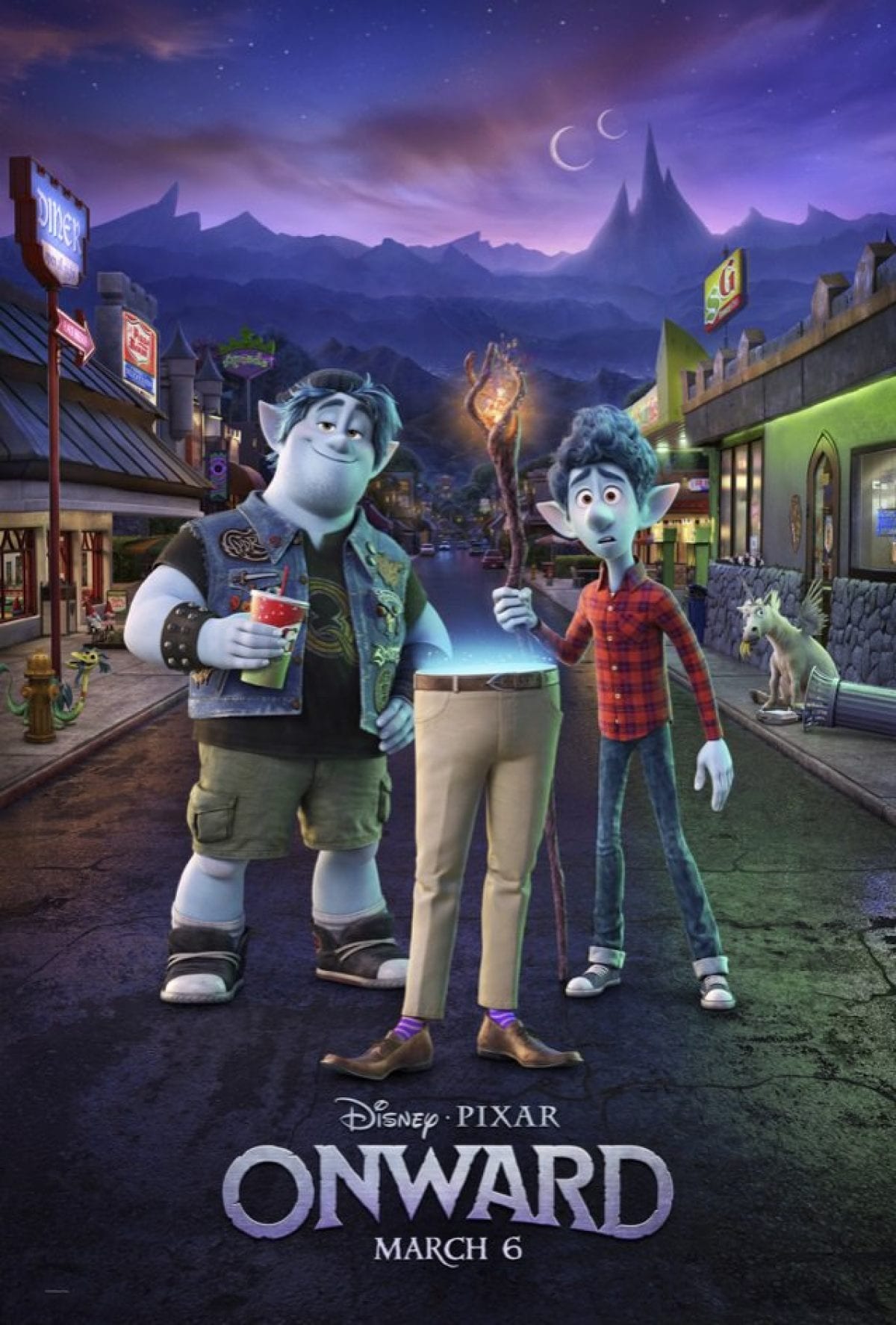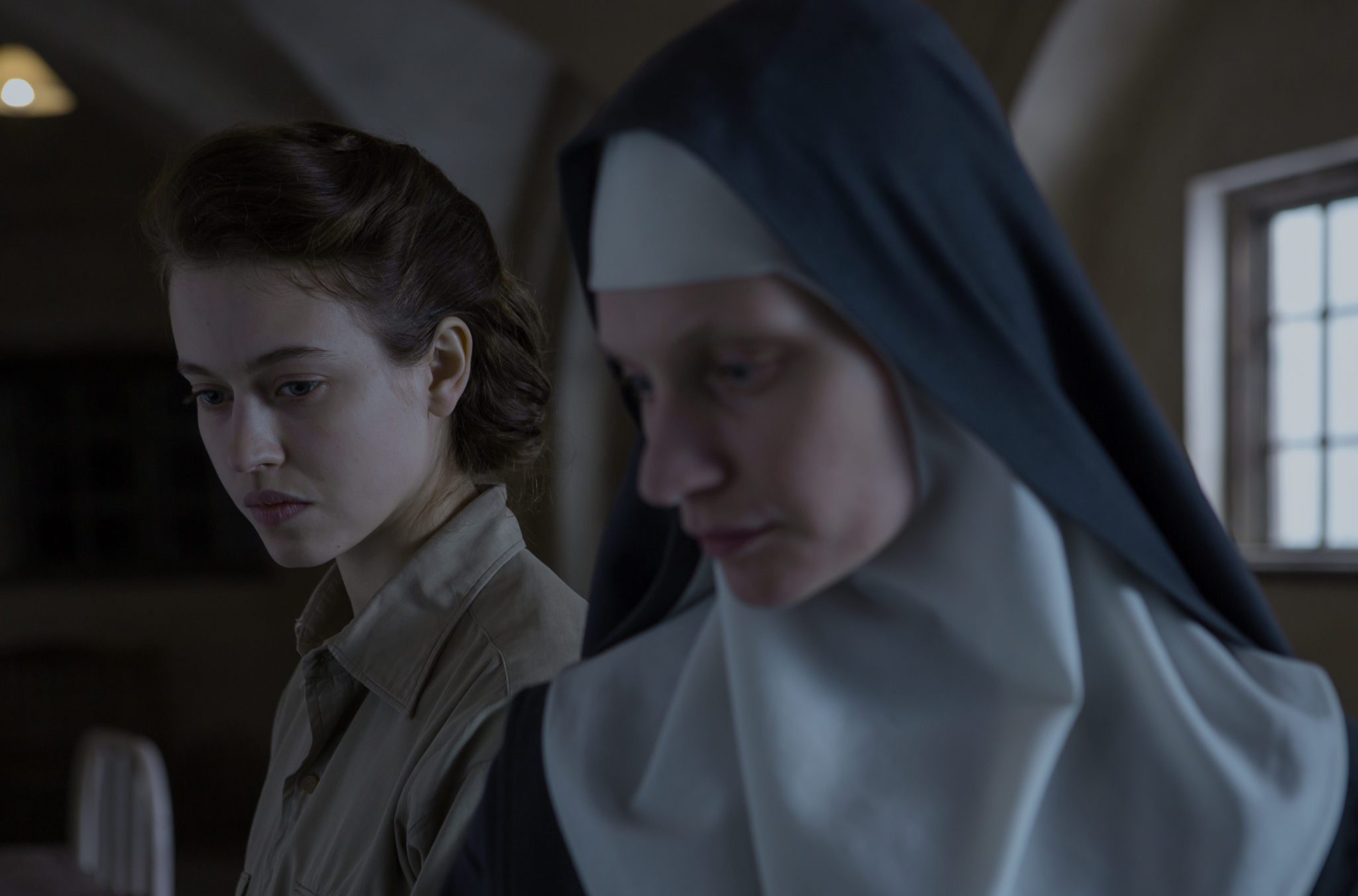
I?ll be perfectly honest with you. These last few weeks, or even months, have been challenging for me mentally, as I am sure they may have been for many of you. There seems to be so much pointlessness in the world. A virus that ravages the world without reason or discrimination. A seemingly pointless death coming on the back of so many other seemingly pointless deaths. Rioting that has led to what feels like pointless looting and destruction, of lives as well as property. When I came to work the other day, I find boards put up over the windows and massive wooden doors installed to lock over the automatic glass ones, as a precaution they say, and I struggle to find sense in it all. Everywhere I turn, there is a new madness in front of me, I feel.
I suspect Alice could relate? eventually. At first, the heroine of these 1951 Disney picture daydreams about a place where nothing makes sense. ?In my world, everything would be nonsense,? she tells her already confused cat, Dinah, and that is what she longs for. For her, normal has become boring. She?d much rather the flowers and birds start talking to her than doing her schoolwork with her sister in the garden. So, when a White Rabbit runs by wearing a waistcoat and a watch and in an awful hurry, Alice dismisses her own forebodings (?Curiosity often leads to trouble?) and follows down his rabbit hole and into the curious world of Wonderland.
Immediately, nothing makes any sense whatsoever. Things that should be right side up are upside down, hallways get smaller and smaller, and doors are locked, and the key doesn?t appear until it is out of reach. Alice quickly finds herself bewildered and out of sorts. The locals are not much help either. They are more likely to exasperate you with pointless stories and inane ramblings.
Admittedly, the story of the Walrus and the Carpenter, as told by the twins Tweedledee and Tweedledum, is the best segment in the movie, but their advice upon meeting Alice seems less than helpful: ?How do ya do and shake hands, shake hands, shake hands. How do ya do and shake hands and state your name and business. That’s manners!?
When she asks the grinning Cheshire Cat for directions, he answers, ?Well that depends on where you want to get to.? Alice replies that it doesn?t really matter, so the Cat tells her ?Then it really doesn’t matter which way you go.? Pointless, right? When the Mad Hatter and his equally mad companion, the March Hare, while hosting a surprisingly entertaining tea party, offer Alice some more tea, she points out that she hasn?t had any tea yet, so she can?t have any more. ?Ah, you mean you can’t very well take less,? responds the Hare. ?Yes. You can always take more than nothing,? agrees the Hatter. Wait a second?that actually made sense.
In fact, most of the lines I quoted above made sense. Now, I am not saying that there are messages to be found in everything these zany characters say. Indeed, most of this movie is pure silliness. I am saying is that I sympathized with Alice as the further into Wonderland she went, the more chaotic and nonsensical it became. Similarly, the more I saw in the world, in my country, at my own workplace, the more chaotic and nonsensical it felt to me. Why were people doing what they were doing?
Alice never stops to listen to what the wacky Wonderlanders are saying that might make sense, but she does stop and listen to herself for the first time. She admits that she often gives herself ?very good advice, but she very seldom follows it.? I gave myself good advice that I knew I should follow: don?t judge things on appearance alone. But when everyone seemed to be going mad, I struggled to follow my own advice. It was only when I stopped looking and started listening to why people said they were doing what they were doing that I began to see the reason.
Alice eventually stands up for herself instead of just being lead from one circumstance to the next and when she finally meets the maddest Wonderland inhabitant of them all, the Queen of Hearts, a ruthless bully who sentences everyone to death without discrimination and finds everyone guilty before giving them a chance to prove their innocence, Alice calls her out for her tyranny and confronts her with courage. That kind of madness, rooted in injustice, cannot be tolerated, even in Wonderland. This, of course, leads to Alice finally escaping in the nick of time, with the angry Queen in pursuit.
I like to think that Alice gained a new appreciation for ?normalcy? once she reentered her own world. Maybe she appreciated ?normal? things a bit more, like her history lessons or her cat who can?t speak or wear pocket-watches and waistcoats. I know I have learned to appreciate ?normal? things recently, like a brief visit with my sister in the park (first masked face-to-face since March) or watching the fireflies doing what they do in my back yard on a quite summer evening. There is reason in these quiet and happy moments, just as there is reason in the chaos and conflict that is in our world, though it may not be clear at first. Sometimes we have to search for it, understand it and maybe even learn from it.
Alternative: if you can find it, the 1999 made-for-TV version is excellent, featuring an all-star cast including Ben Kingsley, Whoopi Goldberg, Martin Short, Gene Wilder, and Christopher Lloyd, among many others, and it also gives Alice a much more proactive role without turning her into an outright rebel as the 2010 Disney remake did.
#tbtDisney+FilmReviews



